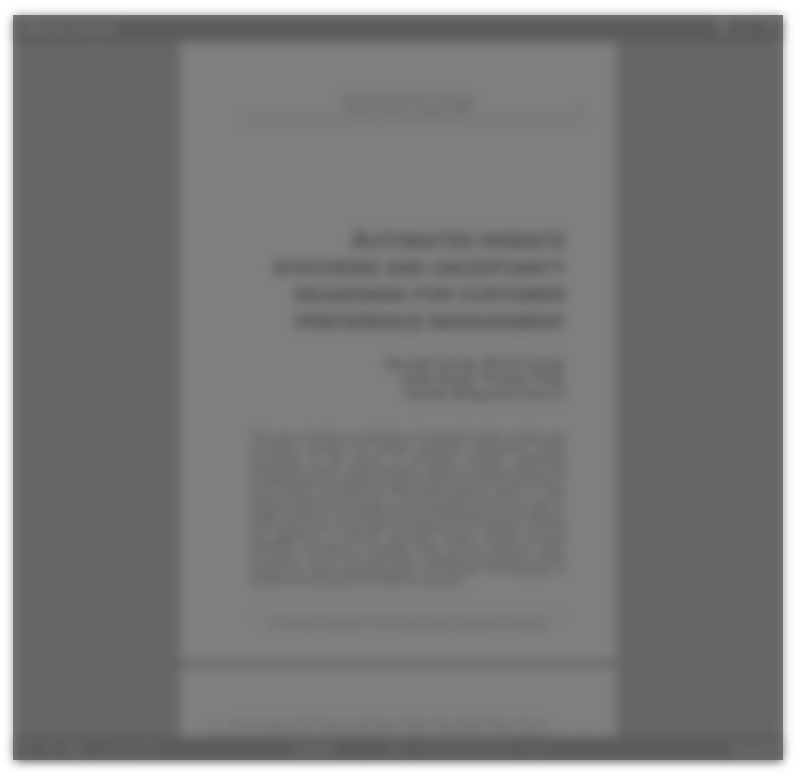Abstract:
Newspapers in the Netherlands are going through difficult times. In the last few years their position on the advertisers market has been slowly but steadily deteriorating, while at the same time the advertising expenditures as a whole increased significantly. Different reasons can be pointed out for these negative developments. One of the factors that certainly must not be underestimated are the ideas and prejudices against newspapers that exist in the minds of decision makers in the advertising process. Let us name just a few: Newspapers are old-fashioned and too expensive. Newspapers are only effective for introductions and scheme advertising. It is impossible to express emotion in the newspapers. The answer on behalf of Cebuco, the marketing and research organisation of the associated Dutch newspapers came in the form of Advertisers Experiments. Advertisers Experiments were set up in order to take away some of the prejudices and to convince advertisers of the effectiveness of the newspapers as advertising medium. In 1993 Cebuco invited seven large non-newspaper advertisers to participate in research experiments. Each advertiser was to develop a newspaper campaign for one of his products. The campaign was then placed in the newspapers of their choice. Effectiveness measurements were set up in order to investigate whether the goals of the campaigns had been achieved. The results of the Advertisers Experiments were very positive. They provided the Dutch newspapers with convincing arguments in their battle for advertising revenues. In this paper the most interesting results of the Advertisers Experiments, especially the multi- media effects, will be presented.
This could also be of interest:
Research Papers
 Newspaper advertising processing
Newspaper advertising processing
Catalogue: Seminar 1990: The Quality Of Media Information
Authors: Leif Widman, Sharon H. Polansky
 June 15, 1990
June 15, 1990
Research Papers
 Qualitative effects of media on advertising effectiveness
Qualitative effects of media on advertising effectiveness
Catalogue: ESOMAR/ARF WAM Conference 2004: Print
Authors: Bobby Calder, Edward Malthouse
 June 15, 2004
June 15, 2004






